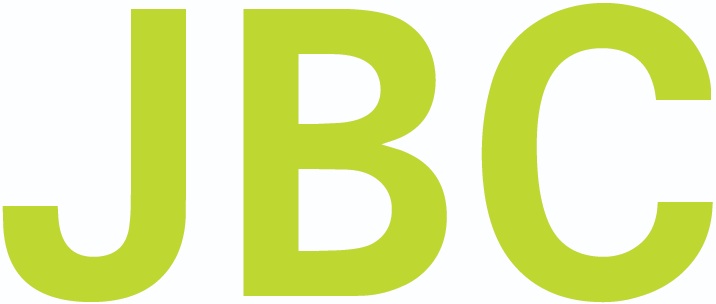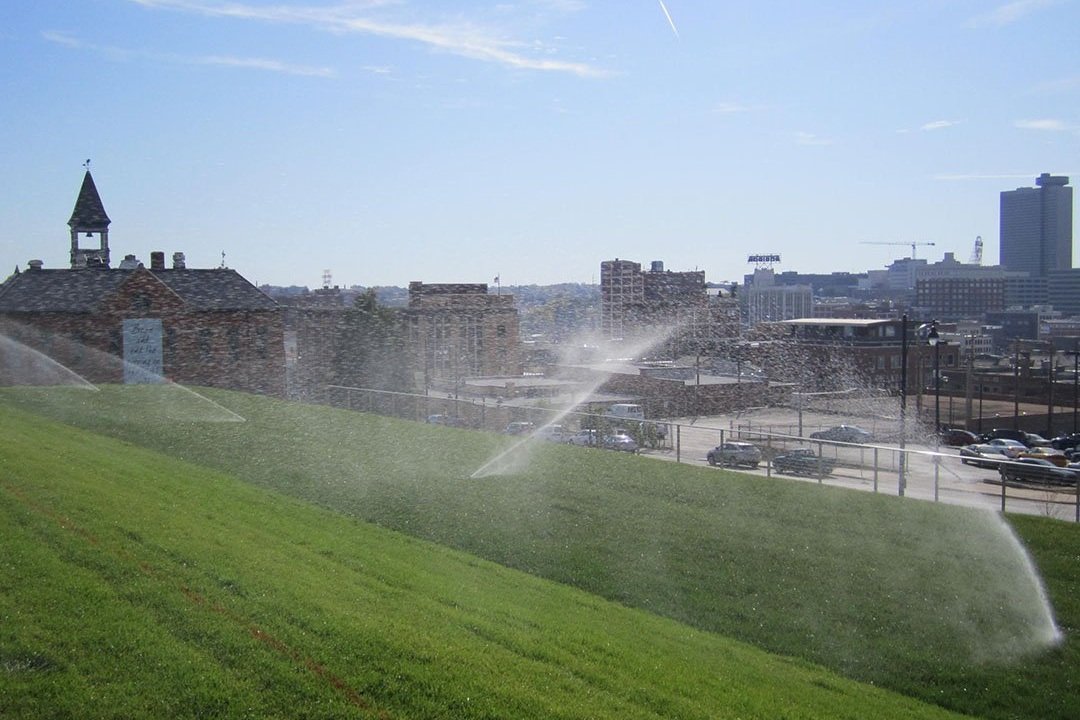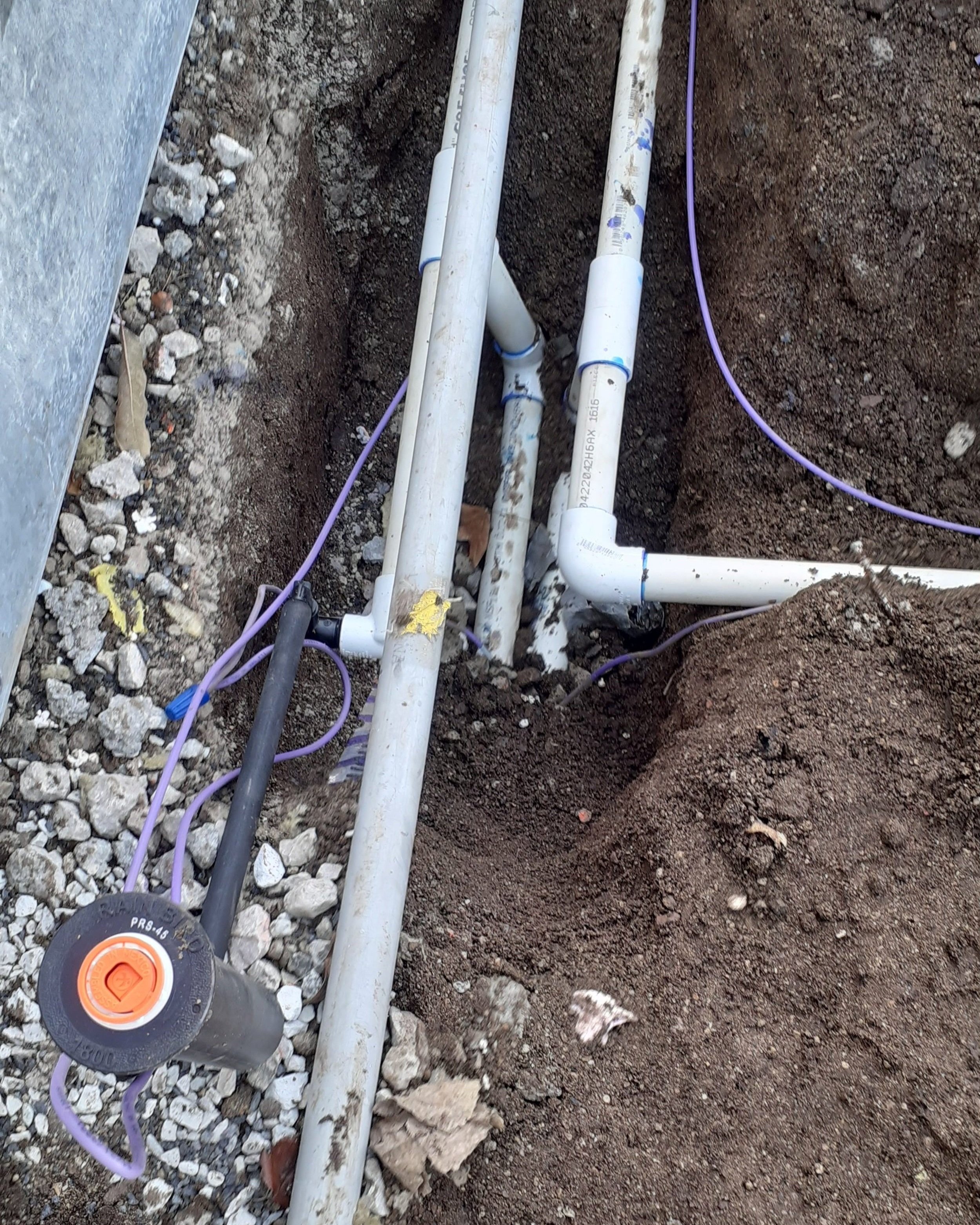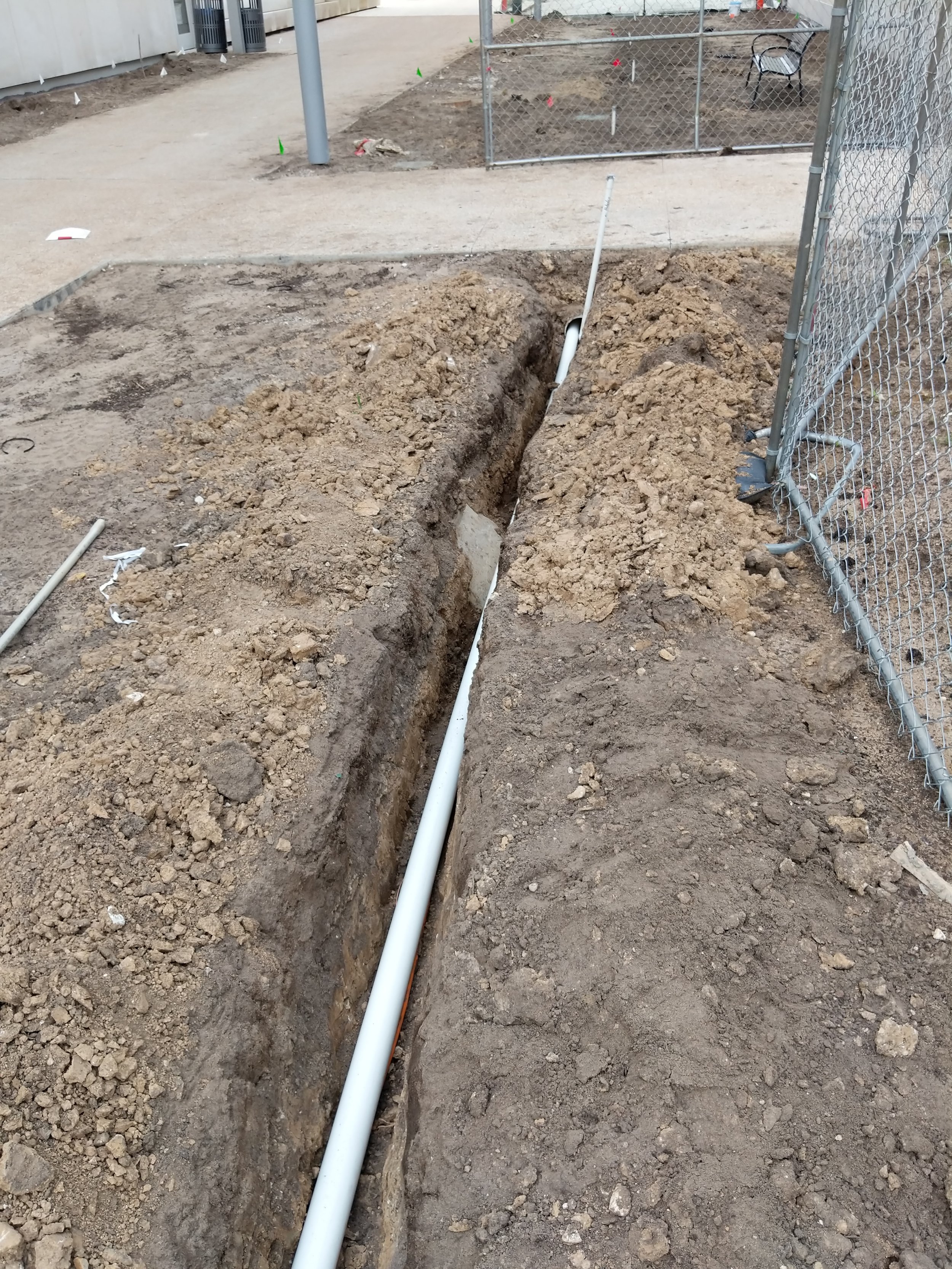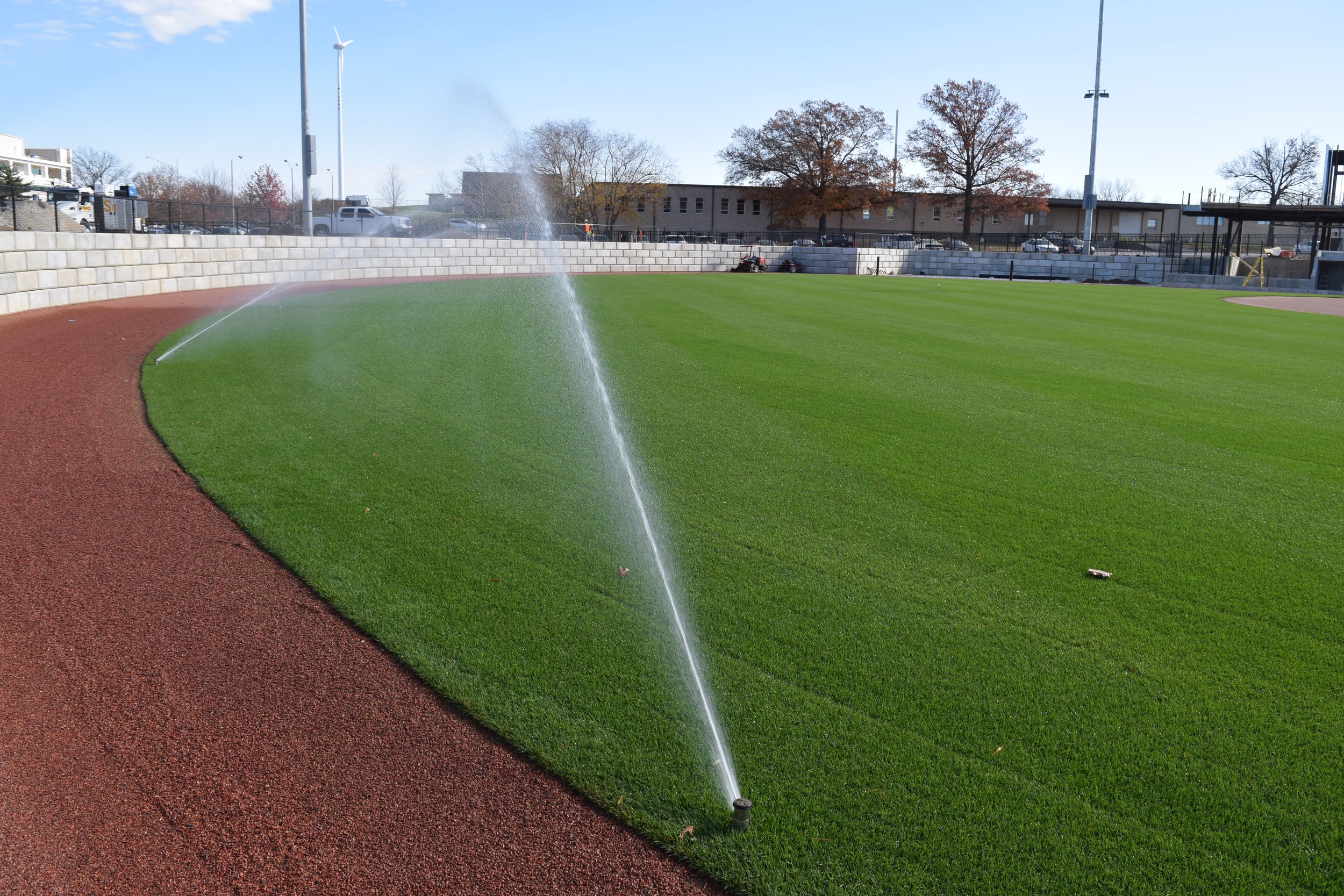Irrigation Designed to Last
/Here in the Midwest, we’ve had our first preview of summer heat and it looks like our region is settling in for a very dry first half of the summer. Irrigation systems are up and running, although getting them operational has proven to be a challenge for a couple of locations that JBC is familiar with. These systems weren’t designed by JBC, so it gives us an opportunity to compare-and-contrast some best practices with some “not so best” practices.
Why have an irrigation “design” at all? Design-build or performance specs are fine, right?
JBC believes that the old approach of incorporating a performance specification as part of a complete landscape is no longer valid in the 21st Century. As Landscape Architects, we should be at the forefront of advocating for the responsible use of water on all our projects. Regarding projects where irrigation is needed or desired by our clients, Landscape Architects should take hold of designing the projects single largest consumer of water. By including full irrigation design as our scope of services we can:
Select the appropriate water delivery methods, using drip and other low-volume, high-efficiency equipment wherever possible, rather than the installer gravitating toward equipment that is faster and easier to install.
Correctly size the piping and equipment to allow the system to operate efficiently. A good design will provide enough capacity to meet the needs of the landscape within a single watering cycle or window.
Anticipate expansion by providing for wire terminations, sleeves under pavements, and valves in the landscape to allow the system to be added to in the future. This is especially important for projects with multiple phases.
How does a good design increase a system’s longevity?
A good design helps increase the system's longevity by anticipating common failures in a system, providing for ease of recurring maintenance, and selecting installation methods appropriate for the location.
Common failures that can be mitigated through good design include:
Sizing mainline and laterals to avoid water “hammer”. If you’ve ever slammed a water fixture closed in a house and heard a clanging noise from the wall, you’ve just experienced water hammer. When a column of water is moving at a high velocity and then suddenly stops, shock waves travel back through the water and pipe. In a building, the copper pipes will suddenly move and vibrate causing a clanging sound. In an irrigation system that uses plastic pipes, the shock waves will travel through the pipe as well, but the sudden movement is extremely damaging to the glued, clamped, or threaded joints in the plastic piping. Sizing the pipes to prevent water velocities from exceeding five feet per second (5 fps) reduces the risk of water hammer. Additionally, pressure-reducing valves and slow-closing remote control valves can also be specified for a system where there is a risk of water hammer.
Reducing the risk for freeze damage. In regions where soil temperatures routinely drop below freezing, incorporating methods for winterization is key to keep pipes and equipment from freezing and splitting apart. The most common winterization method is blowing out the system with compressed air. To accomplish this, JBC provides valves where air hoses can be attached to the mainline and inject compressed air. Our designs provide locations to inject air in multiple locations so that the system can be blown out from different directions and through equipment that will remain in place (such as meters and backflow preventers).
Maintenance provisions in JBC designs include the following:
Specifying and requiring a tracer wire on all mainlines where there is no control wire present. This allows locating and fixing leaks or damage to mainlines in the field.
Installation of a master valve. A master valve ‘turns off’ the entire mainline when the system isn’t running. Without a master valve, the mainline is always under pressure. This unnecessarily stresses joints and if the mainline is damaged or leaking, water will run until the system is manually shut down at the point of supply.
Specifying (and verifying) swing joints on pop-up sprinklers. This allows ease of replacement if the sprinkler needs repair. Without swing joints, removing and replacing sprinklers is much more complex and usually affects the lateral pipe supplying the sprinkler.
Installation methods are also a key consideration. The primary method worth noting is requiring trenched pipe installation, rather than installation via a vibratory plow that “pulls” the pipe. Trenched installation controls the depth of the pipe (important to consider in freezing climates – see previous discussion) and it prevents issues where rocks or other debris abrades and weakens the pipe as it is being installed. Trenched pipe installation is also generally cleaner as less debris is likely to enter the pipe and it allows visual inspection of joints before the trench is backfilled, preventing leaks before they start.
What are other issues that come up? How does JBC anticipate those?
Pipes and fittings are mostly ‘static’. Once correctly installed in the ground, that is where they stay and, unless there are issues like those previously discussed, they are reliable for years to come. The moving bits of an irrigation system, however, are where season-to-season issues come up. These ‘weak links’ are primarily the valves, heads, and control-related equipment.
Valves open and close with each cycle. The plastic or brass bodies of the valve are almost always robust to withstand years of use. The solenoid (the electrified magnet that starts the open-and-close process inside the valve) is one potential weak point. Using a control system with ‘latching’ solenoids increases the lifespan as the electric impulse shuttles the solenoid between the open and closed position, rather than ‘holding’ it open. Good wire connections between the solenoid wires and the control wires also help prevent shorting which can burn out the solenoid. Specifying a dirty-water valve, even for systems that utilize potable water, can increase the lifespan of a valve as the internal components are designed to withstand water-borne debris.
Pop-up heads also operate during each cycle. Most commercial-grade sprinklers are designed to provide years of trouble-free operation but certain nuances in the design and specification can help extend the lifespan. JBC often details high pop-ups using the bottom inlet only as the side inlet can allow water to sit in the sprinkler case even after being winterized. Specifying stainless-steel risers increases the lifespan of the sprinkler as sand and small gravel can’t gouge the riser and cause a leak at the seal. Specifying sprinklers that are vandal-resistant will also help mitigate “human-caused” maintenance issues. These features include check valves to help reduce water loss if the riser is broken and internal gearing that resets the spray arc if it is manipulated by hand.
Controllers and the related components are the most complex parts of a system. JBC includes provisions for lightning protection, flow sensing, cloud-based monitoring and programming, adequate grounding, and rain/freeze shut-offs wherever possible.
JBC believes that good irrigation design can extend the lifespan of the system, reduce the amount of water used, and minimize the year-after-year maintenance inputs that the Owner will be required to provide. The net effect is an irrigation system that will not only be highly efficient and cost effective in the future, but also provides problem-free operation from the start.
If we can help you build these efficiencies into your project, please contact us!
